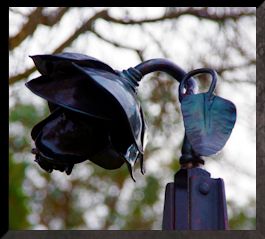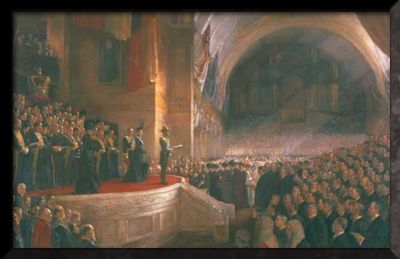|
|
|
|
||||
|
|
FEDERATION The colonies of Australia had all been founded at different times: New South Wales (1788); Tasmania (1803); Western Australia (1828); Victoria and South Australia (1836); Queensland (1859). Each had their own unique histories of colonisation, contact with Aboriginal people, convictism and immigration and economic development and, while they had some histories of collaboration, Federation was the moment they became one country. It was a monumental political achievement.
Federation was driven, in large part, by the then premier of New South Wales’s Sir Henry Parkes and in 1889 he delivered the Tenterfield address, launching the movement towards Federation. After Parkes lost office the baton was taken up by Premier George Reid, a vigorous advocate for free-trade. Reid ensured a more democratic Australian Constitution was created, at the cost of political support in New South Wales. He lost office as Premier in 1899 but in 1901 became leader of the Federal Opposition, against the first Prime Minister, and fellow Federation-campaigner, Edmund Barton. Joseph Cook was Reid’s deputy opposition leader. Defence and economics were drivers for Federation, as Federation allowed the creation of a joint army and liberalised trade between the states by removing internal tariffs. Yet there were purer motives at play. Alfred Deakin, Australia’s second Prime Minister, said Federation was a series of miracles:
SOURCES John Hirst, ‘Federation’, Oxford Companion to Australian History, 1998
Home | About | Chronological List |
Contact Email
|
|
||||
|
|
|
|


